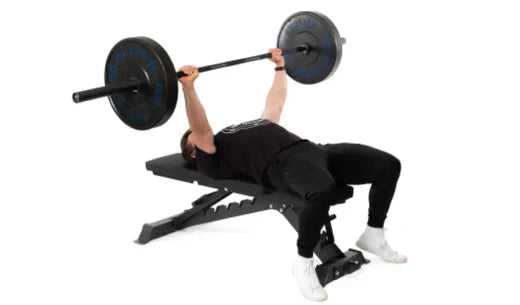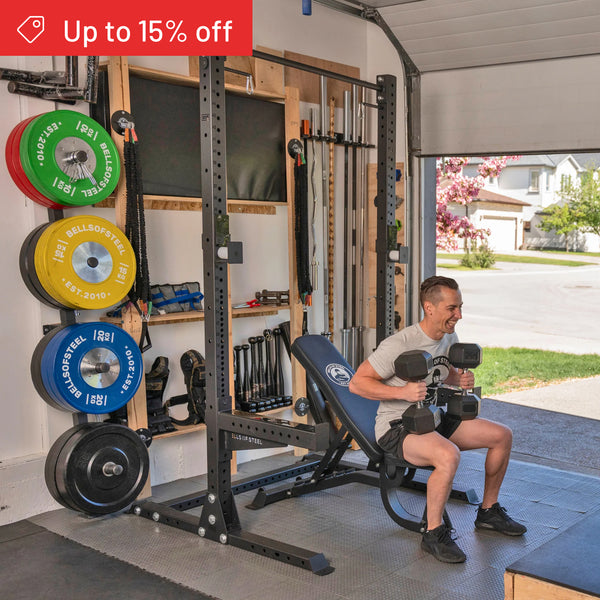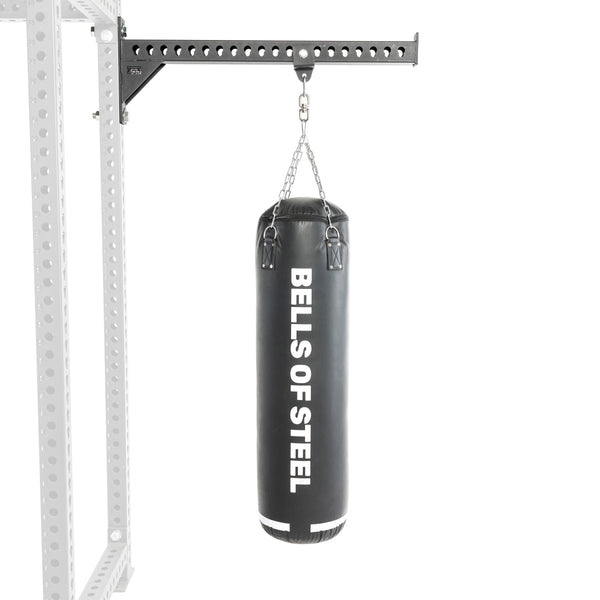So, you’ve set up your home gym, and you’re ready to pump some iron. But now you’re staring at your equipment, wondering how to structure your workouts.
Fear not, fitness warriors! Here’s a guide to finding the perfect workout schedule, balancing rest and recovery, and making the most of your home gym. Let’s get those gains rolling!
Different Approaches to Workout Splits
Full-Body Workouts
Full-body workouts hit all the major muscle groups in one session. They’re great for beginners and those with limited time. Aim for 2-3 sessions per week, ensuring each muscle group gets adequate attention without overdoing it.
- Example Schedule: Monday, Wednesday, Friday
- Pros: Efficient, less time-consuming
- Cons: May be challenging to fully recover if intensity is high
Upper/Lower Split
Divide your workouts into upper body and lower body days. This allows for more focused training and recovery.
- Example Schedule: Monday (Upper), Tuesday (Lower), Thursday (Upper), Friday (Lower)
- Pros: Balanced muscle development, better recovery for each muscle group
- Cons: Requires more days per week
Push/Pull/Legs (PPL)
The PPL split divides workouts into push (chest, shoulders, triceps), pull (back, biceps), and legs. This is ideal for intermediate to advanced lifters.
- Example Schedule: Monday (Push), Tuesday (Pull), Wednesday (Legs), Thursday (Rest), Friday (Push), Saturday (Pull), Sunday (Legs)
- Pros: Targeted muscle groups, versatile
- Cons: Demands higher commitment and consistency
Finding a Balance for Rest and Recovery
The Importance of Rest Days
Rest days are crucial for muscle recovery and growth. They prevent overtraining and reduce the risk of injury. Listen to your body and don’t skip those rest days!
Active Recovery
On rest days, consider low-intensity activities like walking, yoga, or stretching. Active recovery can aid in muscle repair and keep you from feeling too sedentary.
Tips for Beginners Getting Started
Start Slow and Steady
Rome wasn’t built in a day, and neither are muscles. Start with 2-3 workouts per week, focusing on form and gradually increasing intensity. The Bells of Steel Couch to 500kg Program is a great starting point. It’s beginner-friendly, includes optional conditioning, and offers a robust library of exercise videos to guide you.
Focus on Form
Perfecting your form prevents injuries and ensures you’re targeting the right muscles. Use mirrors or record yourself to check your form, and don’t hesitate to consult the exercise videos provided in the Couch to 500kg Program.
Mix It Up
Variety keeps your workouts interesting and challenges your muscles in different ways. Incorporate different exercises and change up your routine every few weeks to avoid plateaus.
Signs It’s Time to Scale Up
You’re Crushing Your Current Routine
If your current workouts feel like a breeze and you’re not breaking a sweat, it’s time to add more weight, increase reps, or try more challenging exercises.
You’re Not Sore
While constant soreness isn’t the goal, not feeling any muscle fatigue might indicate your muscles aren’t being adequately challenged. Gradually increase your workout intensity.
You’ve Hit a Plateau
If you’ve stopped seeing progress in strength or muscle gain, it’s time to mix things up. Try a new workout split, increase weights, or incorporate advanced techniques like supersets or drop sets.
Value of a Home Gym in Consistency
A home gym offers unmatched convenience, allowing you to work out whenever you want without the hassle of commuting. This makes it easier to stick to a consistent workout routine. Plus, with programs like the Couch to 500kg, you have all the resources at your fingertips to stay motivated and make progress.
FAQs About Workout Schedules
Q: How many days a week should I work out?
A: Beginners should aim for 3-4 days a week. As you progress, you can increase to 5-6 days, ensuring you balance workout intensity and rest.
Q: How long should each workout session be?
A: It ultimately depends on your goals and training style. As a general guideline, aim for 45-60 minutes per session. This is enough time to warm up, complete your workout, and cool down without overdoing it. It may be longer if you’re doing a full powerlifting workout or shorter if you’re HIITing it quick.
Q: Can I do cardio on rest days?
A: Absolutely! Light cardio on rest days can enhance recovery and keep you active without overstraining your muscles.
Conclusion: Crafting Your Perfect Workout Schedule
Finding a good workout schedule involves balancing your goals, fitness level, and available time. Whether you’re doing full-body workouts, an upper/lower split, or the push/pull/legs routine, consistency and proper recovery are key. Utilize the Bells of Steel Couch to 500kg Program to kickstart your journey, and remember, the best workout schedule is the one you can stick with.



